Sharpening hand tools
juudyshouse2012
17 years ago
Related Stories
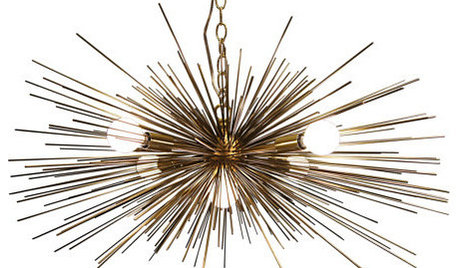
PRODUCT PICKSGuest Picks: Sharpen Your Home's Look With Sea Urchin Decor
Get right to the point with accessories and fabrics inspired by these prickly, spiny sea creatures
Full Story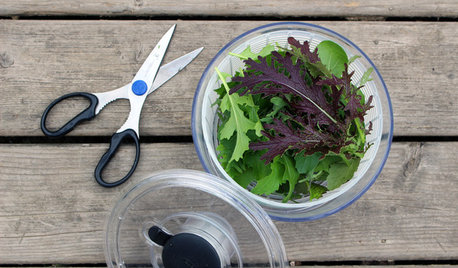
FARM YOUR YARDThe 8 Tools That Help Bring the Farm to Your Table
Vegetable gardeners get a big assist from these essential helpers
Full Story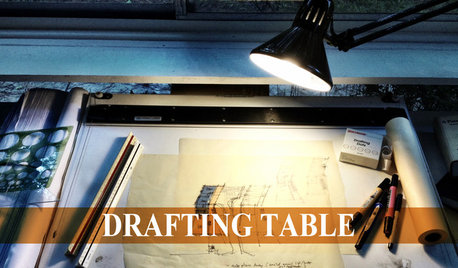
COFFEE WITH AN ARCHITECTAn Architect's Tool Kit
These 13 tools of the trade help architects make the magic happen
Full Story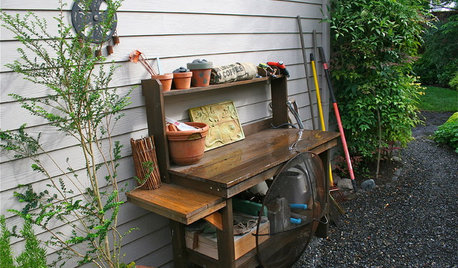
HOUSEKEEPINGHow and Why You Should Clean Your Garden Tools
Avoid rust and extend the life and effectiveness of your blades and spades with these expert tips
Full Story
LIFETop 10 Unsung Organizing Tools
Look no farther than your drawers, closets or purse for the best and cheapest ways to keep your home neat and organized
Full Story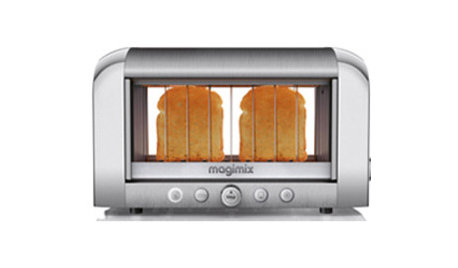
KITCHEN DESIGNGuest Picks: Must-Have Kitchen Tools
Damaris of Kitchen Corners shares her 20 top picks for cooking gadgets and tools
Full Story
HOUZZ TOURSMy Houzz: 2 Tools + 1 Resourceful Guy = Lots of Great ‘New’ Furniture
With scrap wood and a hands-on attitude, a San Francisco renter on a tight budget furnishes his bedroom and more
Full Story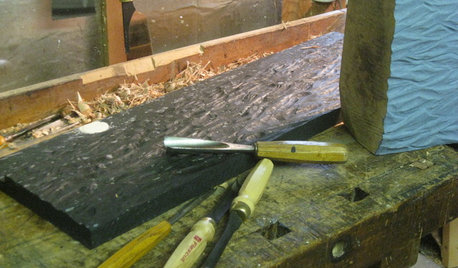
MATERIALS35 Makers Show Us What They Do With Their Favorite Tools
Houzz readers express their creativity in an astonishing range of ways. View their tools — and their works — here
Full Story
ECLECTIC HOMESHouzz Tour: Hand Crafting Rehabs a Michigan Farmhouse
Artisan-made and vintage furnishings, a coffered ceiling and agrarian touches give a century-old home warm appeal
Full Story
MY HOUZZMy Houzz: Family Is Close at Hand in a 19th-Century Brisbane Cottage
An Australia couple’s updated home in the city’s leafy hills pays homage to residents past and present
Full Story





castoff
juudyshouse2012Original Author
Related Professionals
Sand Springs Landscape Architects & Landscape Designers · Suffern Landscape Architects & Landscape Designers · Waunakee Landscape Architects & Landscape Designers · Brooklyn Center Landscape Architects & Landscape Designers · Canton Landscape Contractors · Hollywood Landscape Contractors · San Rafael Landscape Contractors · Seymour Landscape Contractors · Thornton Landscape Contractors · Oxon Hill Landscape Contractors · Haddonfield Decks, Patios & Outdoor Enclosures · Lauderdale Lakes Decks, Patios & Outdoor Enclosures · Commerce City Home Builders · Miami Home Builders · Spanish Springs Home Builderscastoff
masiman
castoff
juudyshouse2012Original Author
castoff
masiman
juudyshouse2012Original Author
montesa_vr